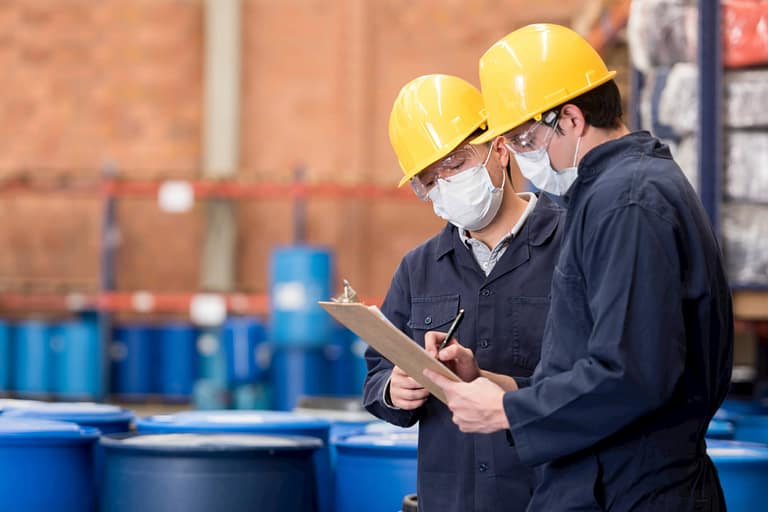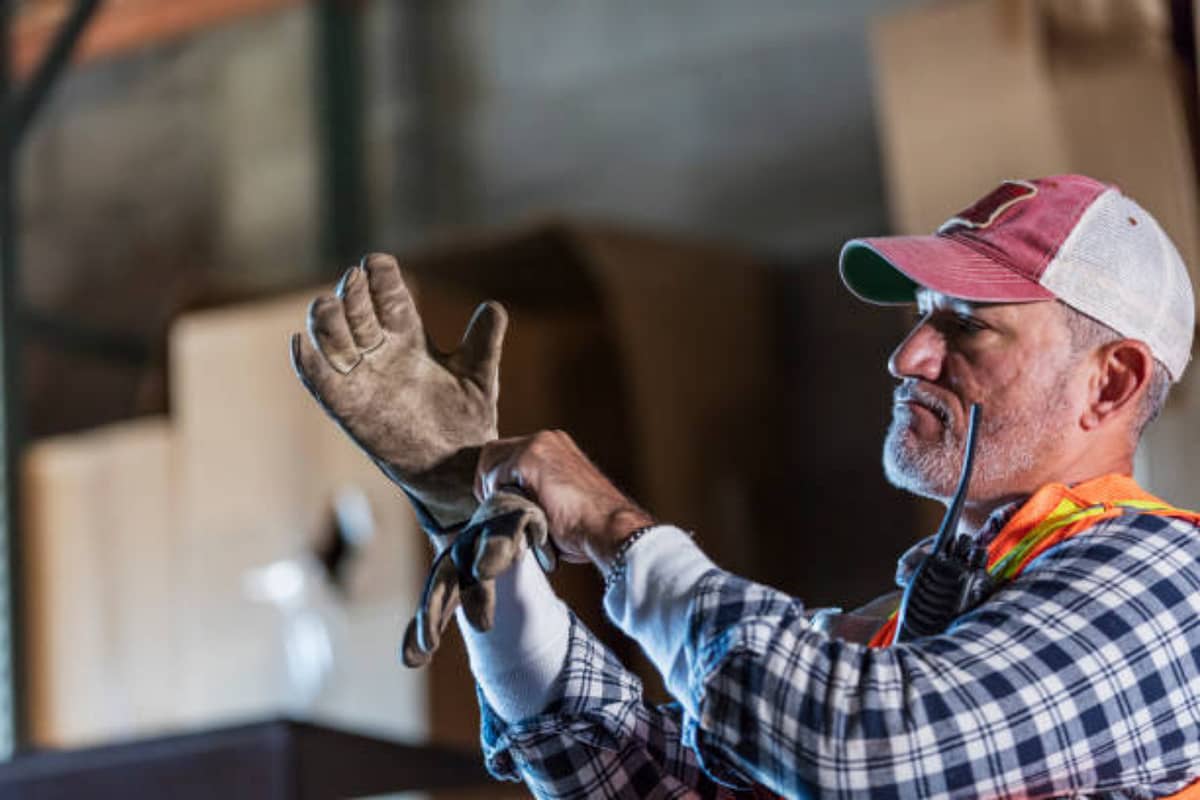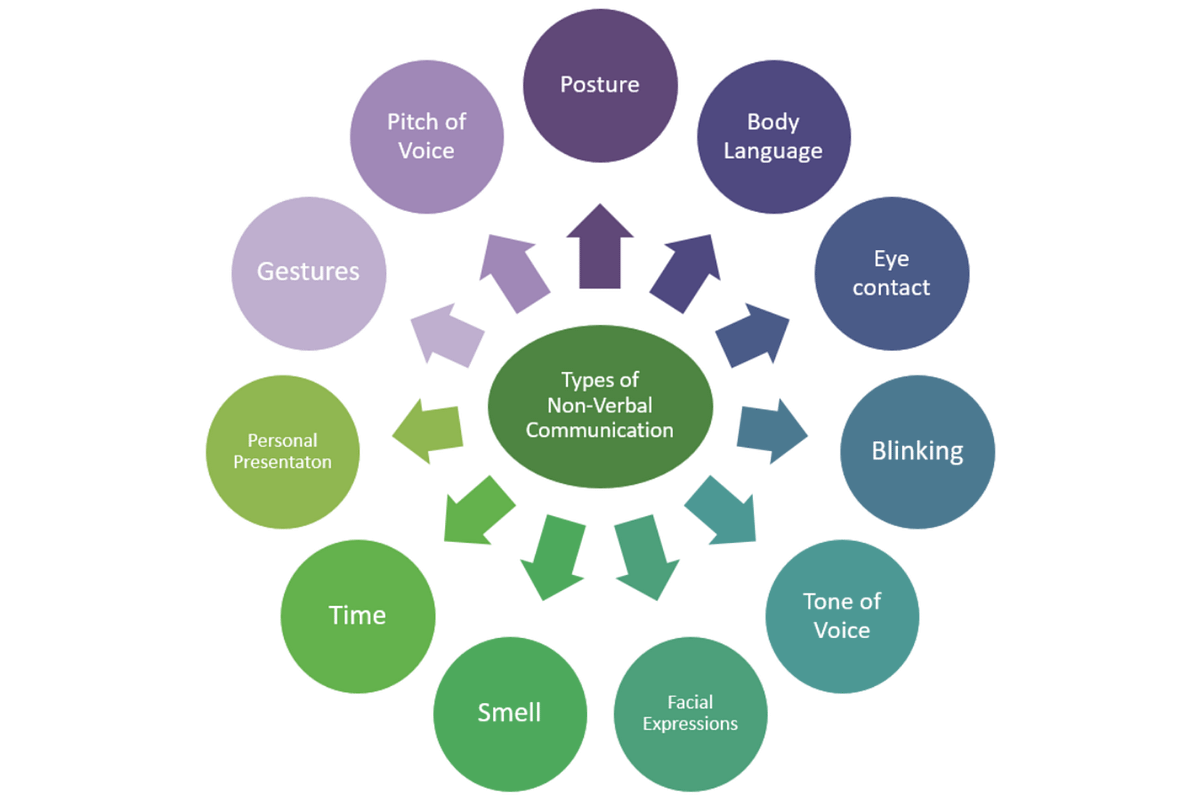Toolbox Talk: "It Won't Happen to Me" Mindset
September 25, 2020

Image Source: fireward.co.uk/news/wont-happen-mentality/
It Won’t Happen to Me:
There are many excuses someone will give for not working safely. Some common excuses include: I didn’t know, I didn’t have time, I lost my PPE, nothing will happen, etc. One of the worst excuses to have for not working safe is a “it won’t happen to me” mindset. This excuse communicates a mindset that is set on not completing a task safely or shows a person is relying on luck to keep safe while on the job.
Experience and Attitude Towards Workplace Safety:
There is no substitute for experience. Experience, for the most part, allows us to work more efficiently and safely, however this is not always the case. Experience can also lead to complacency or a higher level of tolerance for risk. When an employee has done the same task or has been in the same occupation for many years they can have the “it won’t happen to me mindset”. This doesn’t mean that newer employees cannot have the same mindset, but it is often very experienced employees who fall into this mindset trap. We have all heard stories of experienced workers or supervisors getting seriously injured from becoming complacent towards known hazards. It is necessary to be mindful of your attitude towards safety on the job.
Why it is Necessary to Avoid This Mindset Complacency:
can be hard to avoid, however having the mindset that an incident or injury will not happen can put you at a great risk of sustaining an injury. Believing you are not susceptible to the hazards of the job is a quick way to be injured. No one is able to avoid injury from the majority of hazards from just having experience alone. It takes action on top of that experience to ensure safeguards are in place and safe work practices are being followed to avoid injury. No matter how much experience you have, the necessary steps still need to be taken to prevent an incident from occurring.
Summary:
Do not let experience on the job affect your attitude towards taking the correct steps to work safe. Hazards need to be controlled. They are only controlled when we as workers take the time to implement the proper safeguards and follow safe work practices. Evaluate your attitude towards safety as well as what hazards or work tasks you may have become complacent towards.
Source: 106 Toolbox Talks, Innovative Safety Products, LLC
![BLM Stripes Brand [Recovered]](https://mlijpfrvxa9g.i.optimole.com/w:1920/h:241/q:mauto/ig:avif/f:best/https://blmconstruction.net/wp-content/uploads/2021/06/BLM-Stripes-Brand-Recovered.png)







